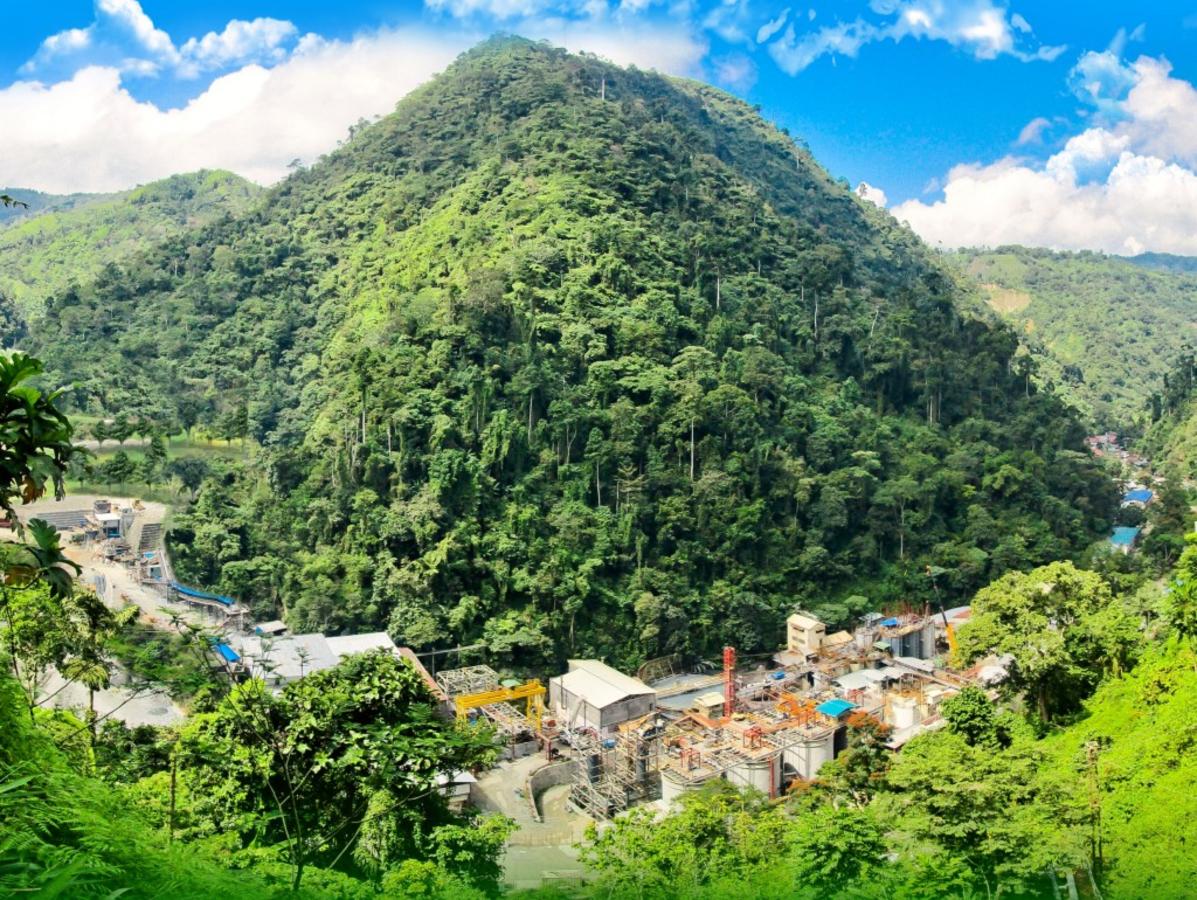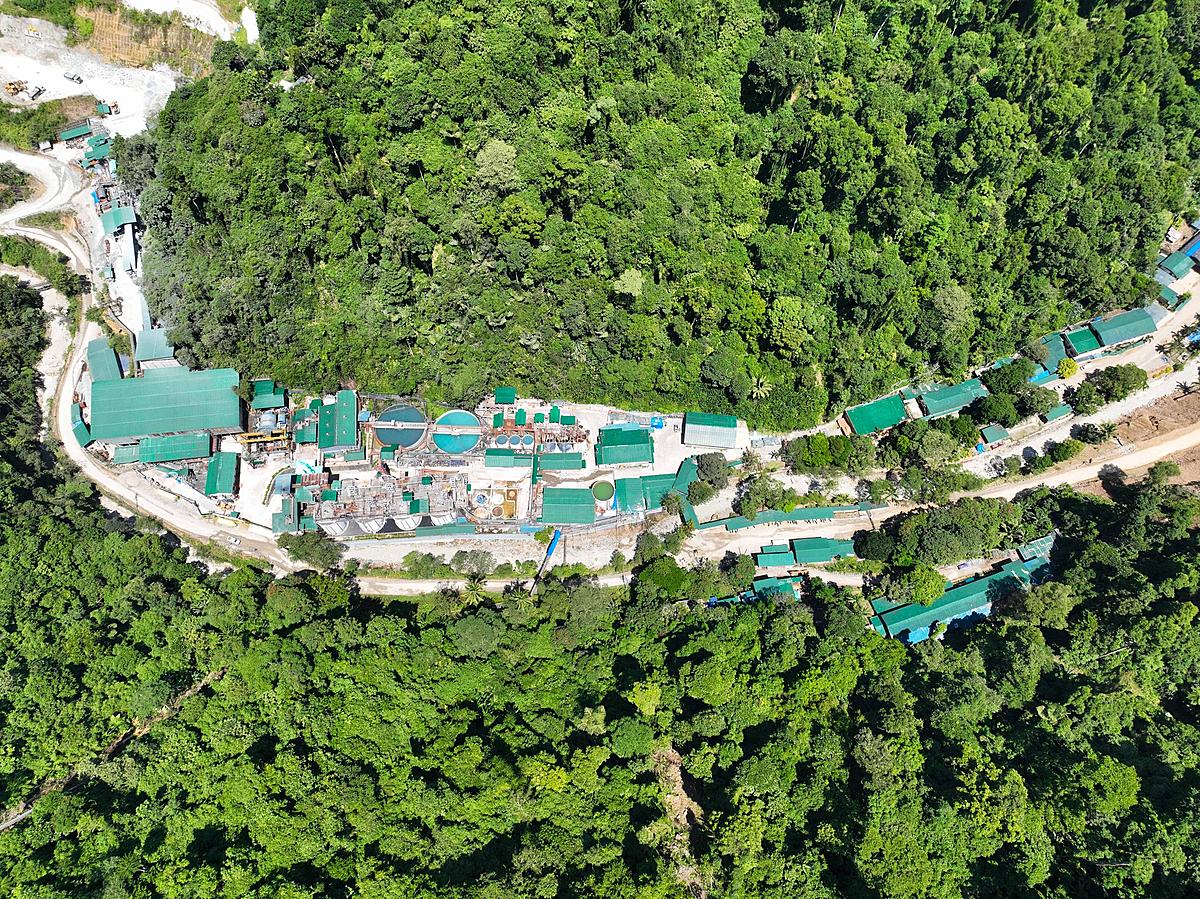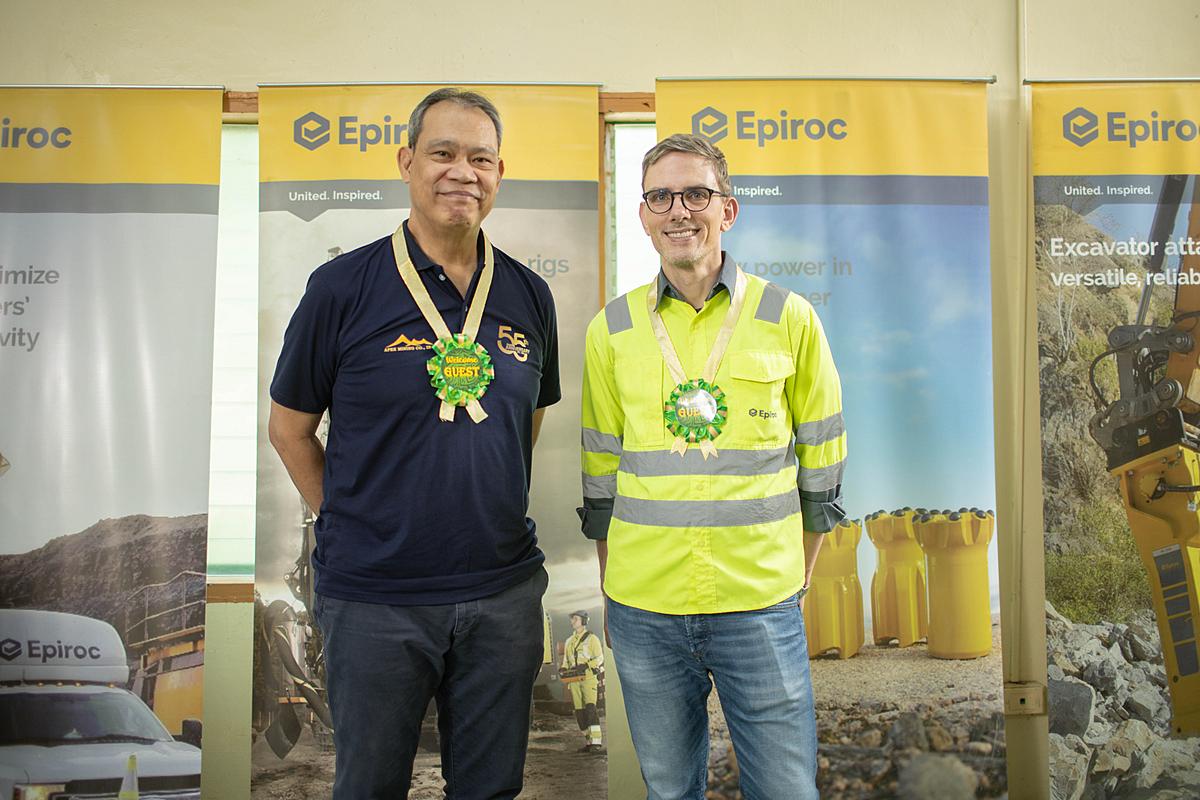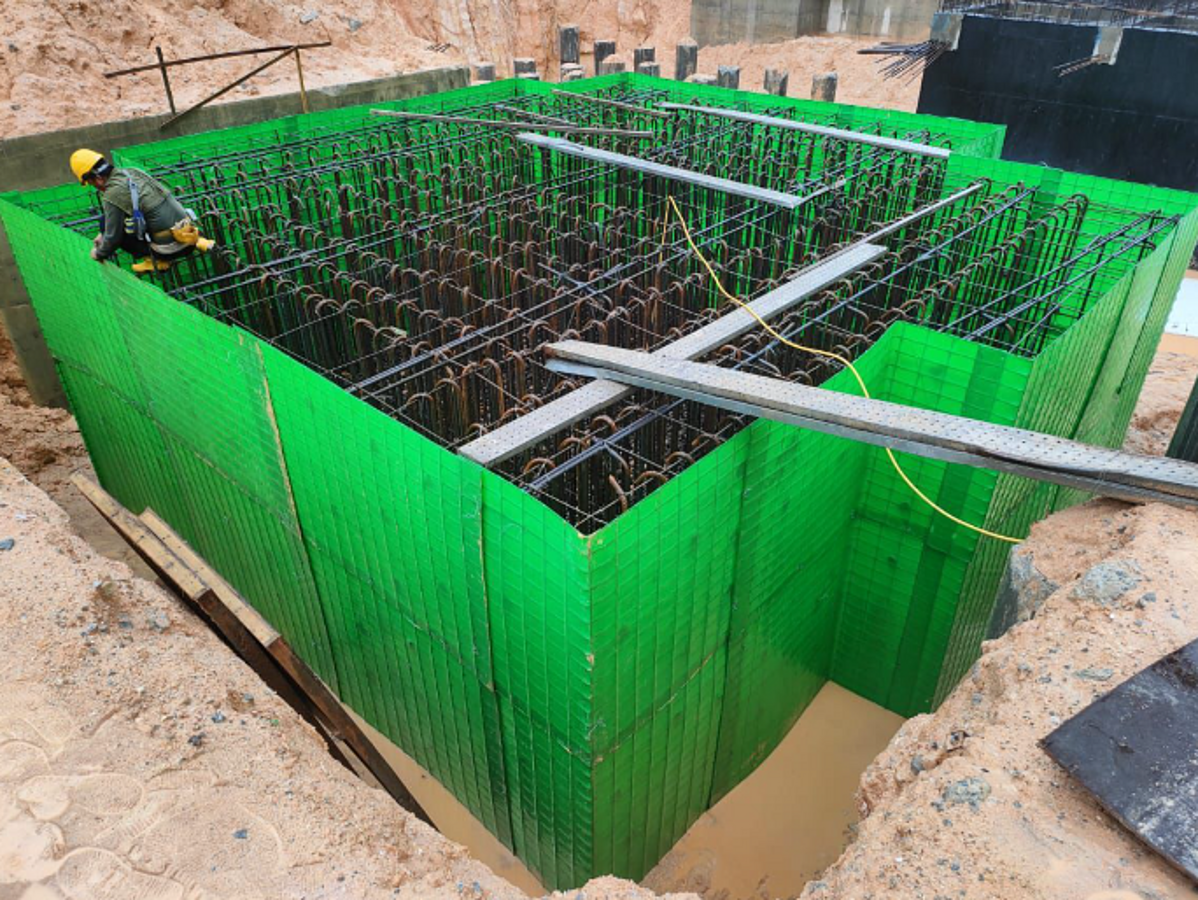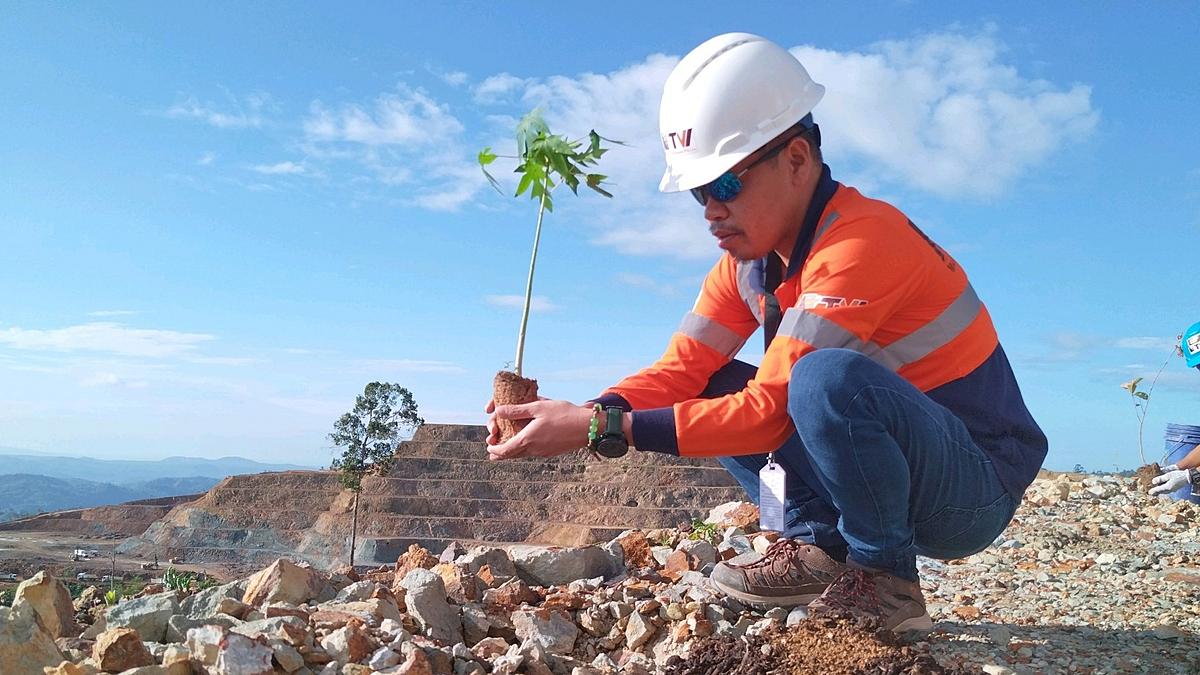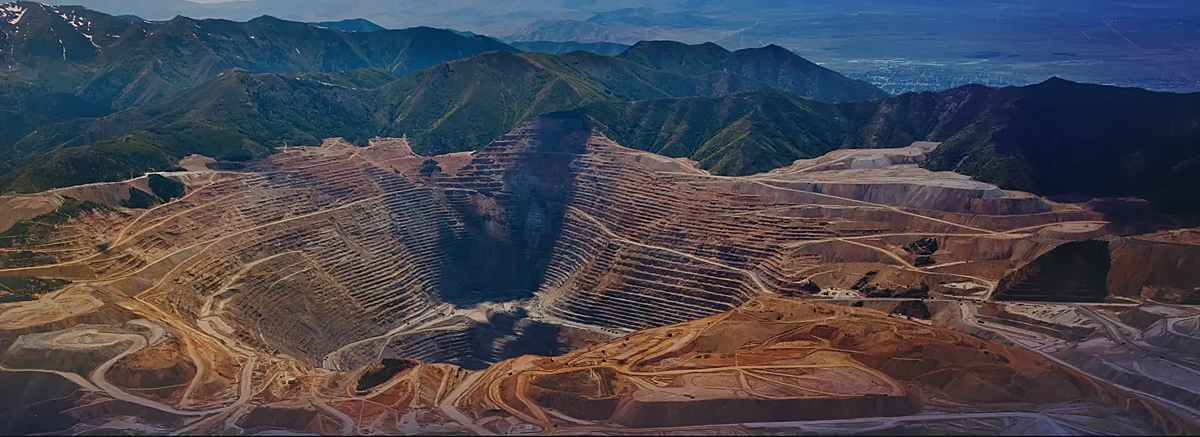Photo credit: Apex Mining
Apex Mining Co., Inc. finished the first quarter of 2022 with consolidated revenues of P2.2 billion, a growth of 46.11% yoy. The growth comes from increased milling tonnage of 23.3% and increased gold grades of 19.7%, as well as, a 7% increase in selling prices. The ramp up in production volume is part of the planned increase from 2,000 tpd to 3,000 tpd. The mine and mill operation is ahead of budget production rate of 2,250 tpd for the year and has encountered better grades than expected.
Net income for the first quarter stood at P645.5 million, a 131% increase yoy. Translated to earnings per share this is equal to P0.114 vs previous year’s number of P0.049.
Meanwhile, the Mines and Geosciences Bureau Region 11 conferred the Safety Milestone Award to Apex Mining for recording 7,549,768 man-hours without lost time accidents between 11 March 2021 and 20 March 2022. Apex Mining also earned the Compliant Tenement Holder for CY 2021. Both honors were conferred to Apex Mining at the Stakeholders Forum held at the Grand Regal Hotel in Davao de Oro on 08 April 2022. The forum’s theme was, “Harnessing Disaster Resiliency Through Responsible Mining”.
Also in March this year, Apex Mining’s fully owned subsidiary, Itogon-Suyoc Resources, Inc. (ISRI) received the Safety Seal from the Department of Labor and Employment-Cordillera Administrative Region (DOLE-CAR) — the first mining company in CAR to get the seal.
Article courtesy of the Philippine Stock Exchange

